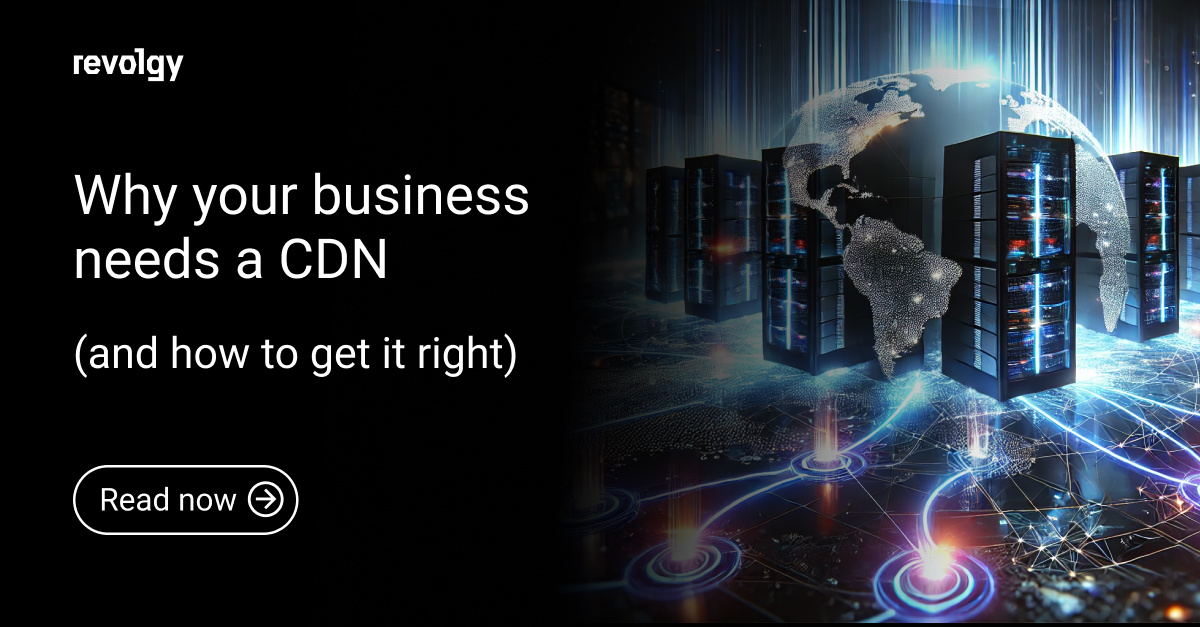Professional Services
How reducing your SaaS costs can help protect your business
The recent rise in inflation has left many businesses struggling. As customer spending decreases, companies have had to rethink their strategies to reduce operational expenses while continuing to support their growth goals. In this blog, we discuss one way that your organization can respond to the economic downturn without sacrificing long-term profits: SaaS cost reduction.
What is SaaS cost reduction?
SaaS cost reduction is the process involved in reducing the amount that organizations spend on software. While the obvious approach is to reduce the number of tools being subscribed to, there are often also opportunities to cut back on the number of licenses you require and to gain leverage that will allow you to negotiate better prices. These savings can then be reinvested back into the business.
Why are companies overspending on SaaS in the first place?
While there are a number of reasons your SaaS spend might be on the rise, the common causes contributing to it include:
1. Lack of pricing visibility
With only 45% of SaaS vendors choosing to publicly list their pricing, it not only makes it difficult to compare costs and make informed purchasing decisions, but it also increases the chances of you being charged more than you could be. In fact, the lack of pricing transparency in the market has resulted in as many as 90% of buyers overpaying for their software by as much as 20-30%, according to research from Vertice.
2. SaaS pricing inflation
According to Vertice’s research, SaaS pricing inflation is rapidly outpacing the market average. The average spent on SaaS has risen by 14.4% per year since 2018, with only 5% caused by extra licenses or features. This means that many vendors are taking advantage of the lack of transparency by hiking prices.
3. Software sprawl
Another reason why companies are spending more on their software is because of SaaS sprawl.
As organizations grow, so does the need for additional software. The problem, however, is that many of these tools are purchased unbeknownst to the finance, IT or procurement teams, leading to a whole host of problems, including wasted spend.
How to reduce your SaaS costs
If you’re looking to reduce costs in a strategic way and ultimately future-proof your business, there are some key steps that we recommend.
1. Rationalize your software applications
Application rationalization is the instrumental first step that you can take to reduce SaaS costs and avoid cost inflation. This entails gaining visibility into all software being used across the organization, shining a light on any existing shadow IT, and then making informed decisions about whether to cancel, combine, or keep these subscriptions. Crucially, rationalization enables you to eliminate any tools that are limiting your prospective ROI and mitigate any future effects of software sprawl.
2. Standardize your procurement and renewal processes
After gaining visibility into your company’s SaaS usage and optimizing the software stack, it’s important to standardize future procurement. Each application should be carefully examined for compliance, contractual requirements, and potential ROI to make sure it is the best option for your business.
All tools past, present and prospective should also be documented and centrally governed within your organization. This can help mitigate uncontrolled spending and fragmentation between different departments — minimizing inefficiencies and ensuring that sprawl doesn’t ever take a hold of your IT.
3. Negotiate software contracts
If it isn’t already, software negotiation needs to be a part of any future SaaS procurement.
Why?
Because as we’ve mentioned, the price that software vendors list or quote you isn’t necessarily the price that you have to pay. Generally speaking, there are a range of contract terms beyond just the price that can be negotiated to secure the best deal for your organization. These include contract length, protection against price uplifts, and auto-renewal clauses.
In order to get the maximum benefit when negotiating a contract, it is recommended that you begin the process early — ideally at least 90 days before your renewal date. This avoids any issues with time limitations which can lead to quick and easy sales. We also recommend using competitor pricing benchmarks as a lever so that you can secure a competitive price point with your chosen vendor and minimize future costs.
How you can future-proof your business
Lack of pricing visibility, hidden contract clauses, and software sprawl are each contributing to soaring SaaS spend, and this increase in costs is simply unsustainable for many modern organizations.
We at Revolgy help customers make the best use of their cloud solutions, so we partner with companies like Vertice to help you tackle this same challenge when it comes to the rest of your SaaS technology.
With extensive SaaS negotiation experience and access to the pricing points for more than 13,000 SaaS vendors worldwide, Vertice provides the insights, and therefore the leverage, you need to secure the best possible deal on any software contract. They also provide the usage and analytics to help you right-size your SaaS investment for your business.
In fact, they not only take the burden of buying, managing and renewing SaaS off your hands, but Vertice also guarantees you savings on your current annual SaaS spend.
Find out more about how they work and their risk-free pricing model, or alternatively see for yourself how much you could save with our free cost savings analysis tool. Or drop us a line and talk to us.
FAQs
Q1: What is SaaS cost reduction?
SaaS cost reduction is the process of decreasing the amount an organization spends on software. This can be achieved by reducing the number of subscribed tools, cutting back on the number of licenses you require, and negotiating better prices.
Q2: What are the three main reasons companies are often overspending on their SaaS tools?
The common causes for overspending on SaaS are:
- Lack of pricing visibility: With less than half of SaaS vendors publicly listing their prices, it’s difficult to compare costs, leading to as many as 90% of buyers overpaying by 20-30%.
- SaaS pricing inflation: The average cost of SaaS has risen by 14.4% per year since 2018, rapidly outpacing the market average as vendors take advantage of the lack of transparency.
- Software sprawl: As organizations grow, tools are often purchased by various teams without the knowledge of finance or IT, leading to uncontrolled and wasted spending.
Q3: What is the instrumental first step a business can take to reduce its SaaS costs?
The first step is application rationalization. This process involves gaining visibility into all software being used across the organization, including any “shadow IT,” and then making informed decisions about whether to cancel, combine, or keep these subscriptions to eliminate tools with a low return on investment (ROI).
Q4: After rationalizing the software stack, what is the next important step to control future costs?
It’s important to standardize procurement and renewal processes. Each application should be carefully examined for compliance, contractual requirements, and potential ROI. All tools—past, present, and prospective — should also be documented and centrally governed to prevent uncontrolled spending and fragmentation between departments.
Q5: What should be considered when negotiating software contracts to get the best deal?
You can negotiate a range of contract terms beyond just the price, including the contract length, protection against future price uplifts, and auto-renewal clauses. It is recommended to begin the negotiation process early — ideally at least 90 days before your renewal date — and to use competitor pricing benchmarks as a lever to secure a competitive price.
Q6: How does Revolgy help businesses manage their SaaS spending?
While Revolgy helps customers optimize their cloud solutions, it partners with a company called Vertice to help businesses tackle spending on the rest of their SaaS technology. Vertice provides extensive SaaS negotiation experience, access to pricing data for over 13,000 vendors, and usage analytics to help companies secure the best possible deals and right-size their SaaS investments.

